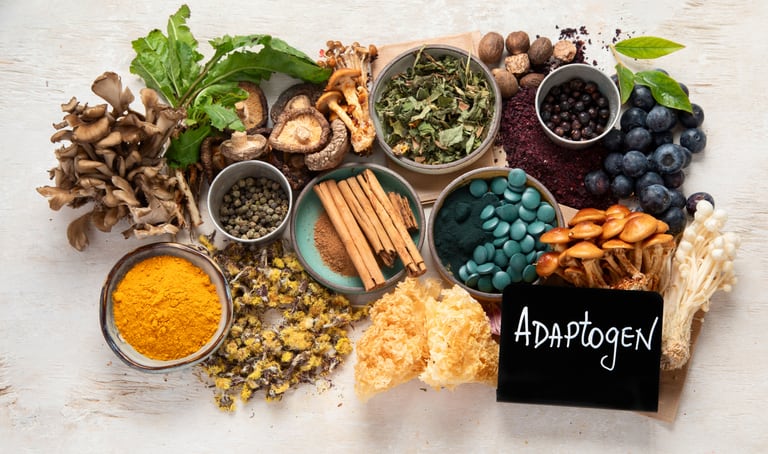Adaptogens are natural ingredients, sourced from plants and roots, which help the body adapt to the stress of modern life.
Their benefits can be numerous: consumers turn to them as a more natural way to manage ailments – such as stress, fatigue and sleep troubles – the concept of ‘food as medicine’ in action. Many adaptogens are there to support relaxation.
But then there’s the use of adaptogens to turbocharge people’s day-to-day lives. They’re there to enhance creativity, improve focus and boost energy.
So what are some of the adaptogens beverage brands are turning to and why?
Ashwagandha
Ashwagandha is everywhere in 2025: from supplements to smoothies.
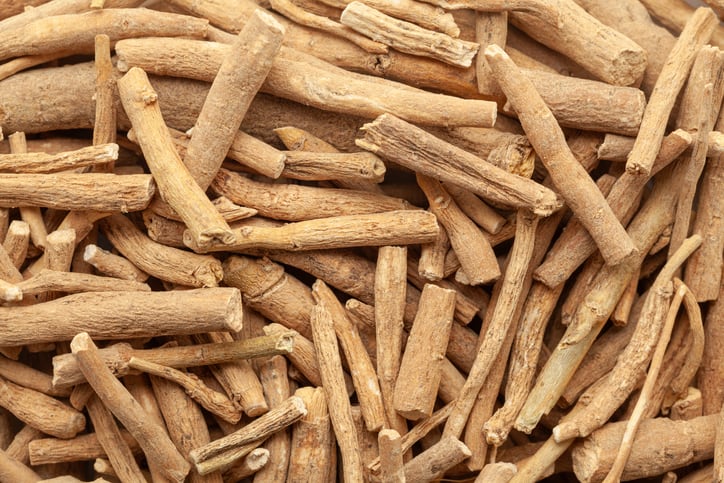
It’s an evergreen shrub that’s been used for centuries in traditional Indian medicine, in systems such as Ayurveda, Siddha, Unani and Sowa Rigpa.
Known for its stress-reducing properties, ashwagandha is often added to smoothies and herbal teas and its this stress-busting positioning that most brands turn to the ingredient for.
While some regulators are uneasy about ashwagandha (Denmark has banned the ingredient), other researchers have defended its properties – and the controversy hasn’t affected enthusiasm for the ingredient.
On the market: No 1 Botanicals, for example, focuses on ashwaghanda in its ashwagandha water.
Rhodiola Rosea
Rhodiola Rosea is also known by many other names: such as arctic root, golden root, orpin rose, rose root, rosewort and Siberian golden root.
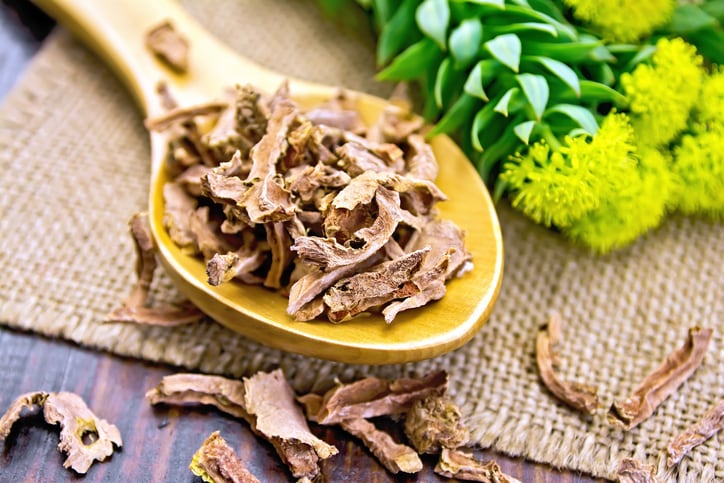
It is used in traditional medicine to reduce fatigue and increase energy. It is often found in energy drinks and herbal teas.
On the market: The ingredient is used alongside other adaptogens and functional ingredients by America’s Drink Alchemy, for example.
Holy Basil (Tulsi)
Another ingredient often found in herbal teas, Holy Basil is widely used in traditional medicine and known for its calming effects – promoted as an ingredient to reduce stress and anxiety.
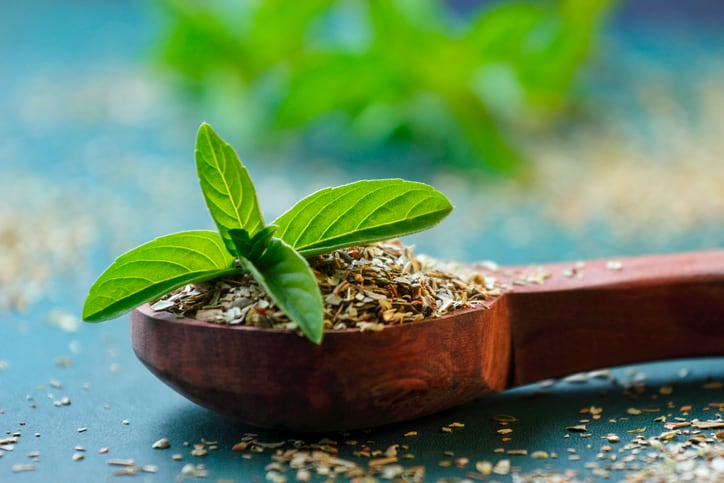
It’s a plant that belongs to the mint family and is revered in Hinduism. It is widely used in Ayurvedic and folk medicine as well as serving as a culinary herb with its peppery spiciness.
On the market: Organic India USA devotes its tulsi range to the ingredient.
Maca root
Maca is a potent superfood which grows exclusively in the central Andes.

It’s all about energy and focus: touted as an ingredient for boosting energy, improving brain function and increasing libido. It’s also used for muscle recovery.
Consequently, it can be found in smoothies, coffee alternatives, protein powders and health drinks.
On the market: California’s Rebbl, for example, uses maca for an organic cold brew.
Ginseng
Ginseng is an adaptogen classic that’s been used for years in herbal teas and energy drinks – including big mainstream brands.
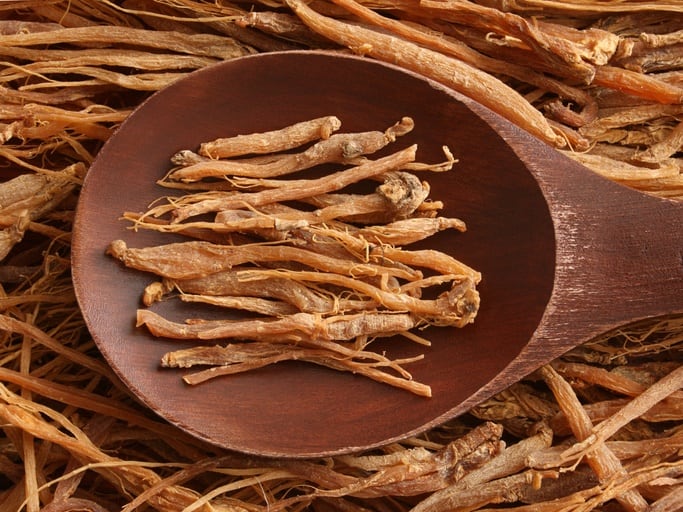
Ginseng is popular for its potential to boost energy and mental clarity. There is also some evidence that it may boost the immune system: leading to a spike in popularity during and after the pandemic.
Ginseng also has a role to play in adding an interesting flavor dynamic: offering a distinct earthy, bitter and warming notes to drinks.
On the market: Natural energy drink Mission, for example, uses ginseng in its performance teas.
Lion’s Mane Mushroom
An ingredient that’s really taken off over the last few years, Lion’s Mane mushrooms are what the name implies: big, white mushrooms that resemble a lion’s mane.

Traditionally known as a supplement, it’s set to become a roaring success in food.
Rich in vitamins and minerals, Lion’s Mane has been championed as an ingredient that can do everything from fight dementia to help regenerate nerves.
Practically, it is increasingly being added to coffee, teas and health tonics as an ingredient which promises cognitive benefits.
On the market: Newcomer Brez, for example, uses Lion’s Mane in its social tonic.
Cordyceps
Another type of mushroom, cordyceps is often used in energy drinks and smoothies for its potential to enhance athletic performance.
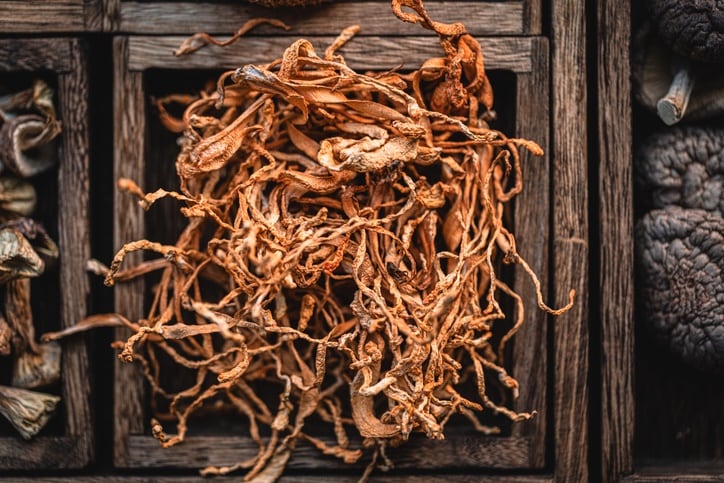
Typically found in the Himalayas at high altitudes, it is difficult to harvest and consequently an expensive ingredient. So synthetic strains are now also available.
On the market: Germany’s CordyXtreme, for example, uses cordyceps as an ingredient for its energy drink
Turmeric
Like ginseng, turmeric is an oldie and a goodie when it comes to beverage innovation.
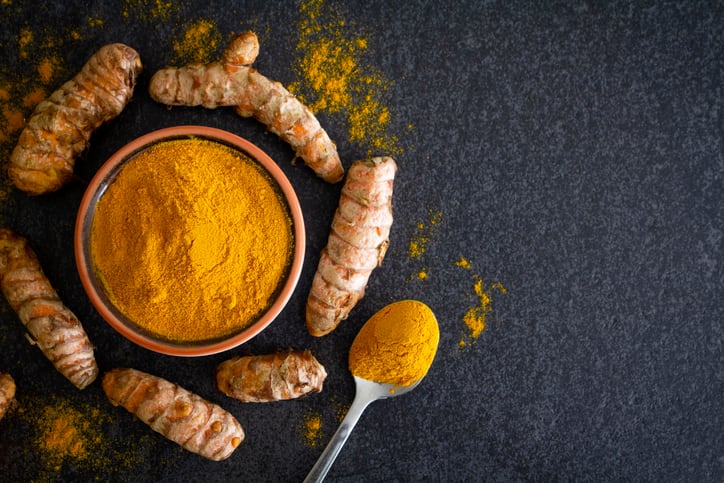
While primarily known for its anti-inflammatory properties, turmeric is also considered as a secondary or supporting adaptogen.
Coming from a root that looks similar to ginger (and comes from the same family) the bright yellow spice is derived from the underground stems of the Curcuma longa plant. The plant is grown in warm climates around the world.
Curcumin, the biologically active compound in turmeric, has been studied over the last few decades for myriad benefits: a 2020 study found it to be associated with anti-inflammatory, anti-cancer, anti-diabetic, anti-diarrheal, antimicrobial, antiviral and antioxidant properties.
Its color is another key attribute: offering an instant vibrant golden glow. Turmeric is commonly found in golden milk lattes and health drinks.
On the market: The Raw Turmeric Co - founded by professional footballer Thomas ‘Hal’ Robson-Kanu - has created turmeric shots.
Reishi Mushroom
Often referred to as the “mushroom of immortality,” reishi is used in teas and elixirs for its calming and immune-boosting effects.
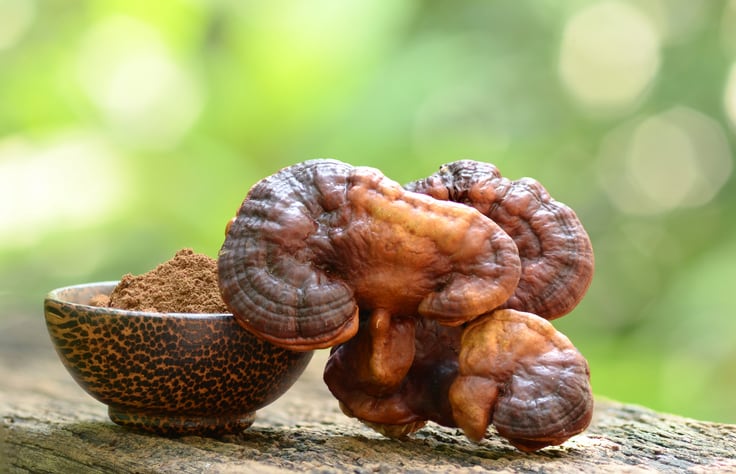
But the ingredient has seen impressive growth across the beverage space: from powdered lemonade mixes and protein shakes.
A native to Asia, the mushrooms have a long history in Eastern culture alternative medicine.
On the market: Superfood innovator Blume, for example, uses reishi mushrooms in its Organic Reishi Hot Cacao blend.

